Five of Edinburgh's lost lochs
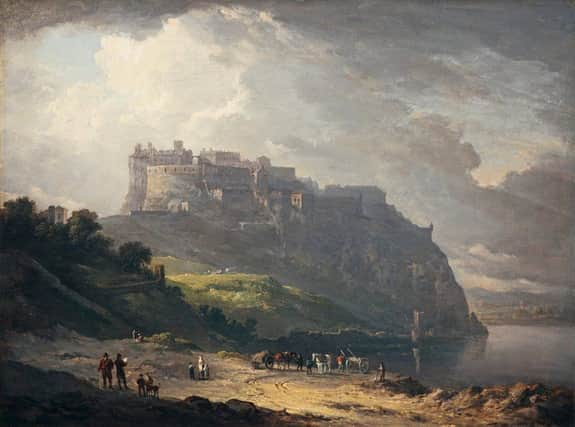

Tens of millions of years of intense volcanic activity followed by several thousand years of glacial erosion in the Lothians carved out a dramatic and picturesque landscape.
These prehistoric peaks and troughs are the very features which lend the city its unique allure. But for every hill in Scotland’s capital - and there are several - there was once twice as many lochs. Let’s take a closer look at some of them.
Nor’ Loch
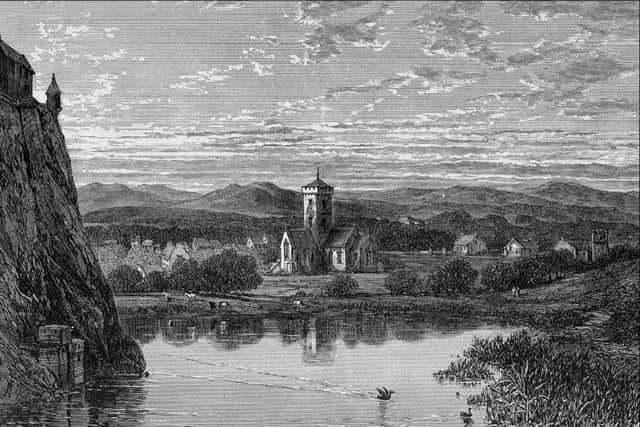

Advertisement
Hide AdAdvertisement
Hide AdThe most famous of Edinburgh’s vanished lochs, the Nor’ Loch performed various functions during its 600-year lifespan.
It was a place where Edinburgh’s growing population dumped its waste, where criminals were violently executed, and witches were put on trial.
All manner of effluent imaginable, including waste matter from the town’s many slaughterhouses, is said to have met with the loch’s stagnant waters. The Nor’ Loch was effectively a large open cesspit and its stench must have been overpowering. Contrary to claims by contemporary tour guides and those keen to embellish for the sake of a good tale, it is therefore unlikely that the foul-smelling Nor’ Loch ever served as the town’s main drinking supply.
By 1764, with construction of Edinburgh’s New Town on the horizon, it was reported that the loch was ‘in good measure drained’ at its eastern edge.
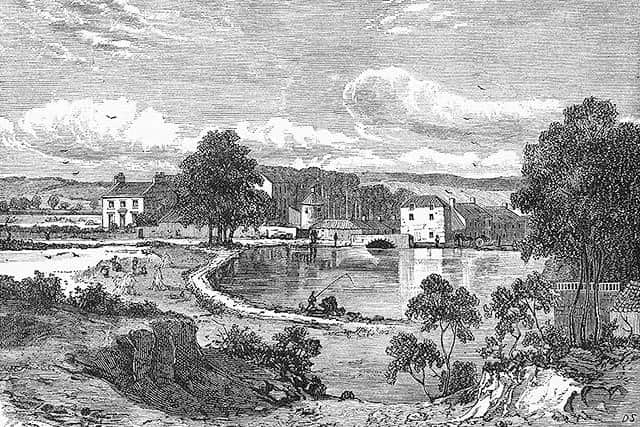

Advertisement
Hide AdAdvertisement
Hide AdPrinces Street Gardens, developed in stages from east to west between 1830 and 1876, now occupies the former Nor’ Loch valley.
Canonmills Loch
This loch, as the name suggests, was situated in Canonmills at the northern tip of what is now the New Town. Its water once filled the large hollow between the bottom of modern-day Dundas Street and Rodney Street. It is thought that the loch at Canonmills was once as large as Duddingston Loch is today.
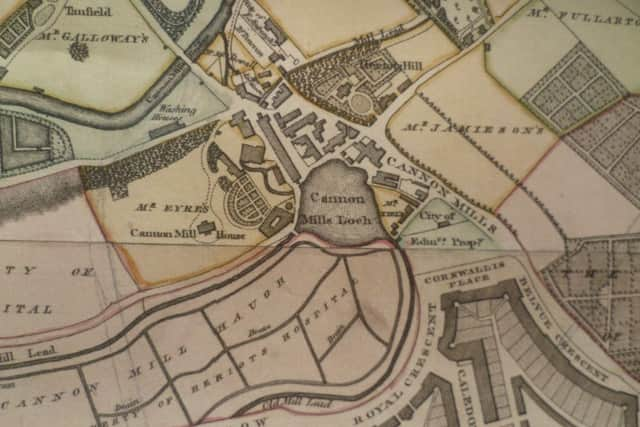

Between 1847 and 1864 Canonmills Loch was drained and the hollow transformed to become King George V Park.
Burgh Loch
The Burgh Loch once occupied the entirety of what is now the Meadows parkland in south central Edinburgh.
Advertisement
Hide AdAdvertisement
Hide AdFor centuries the loch served as one of the main sources of drinking water in Edinburgh, linking to the west via the Dalry Burn to the Water of Leith at Roseburn. The area of Tollcross known as Lochrin translates as “the water running from the loch”.
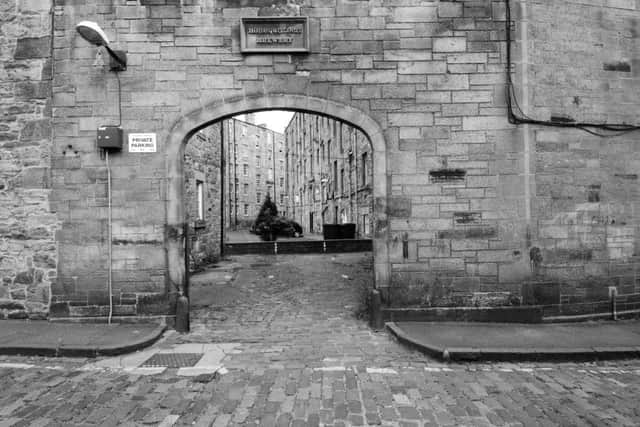

Over the centuries the loch shrank considerably, to the point where the town council agreed to begin draining it in 1657.
Hope Park, or the Meadows, which we all know today was created in stages over the next 200 years, although ducks, geese and swans could still be seen making use of the loch’s remaining pools as late as the 1840s.
The name of the loch survives today in the cobbled lane, Boroughloch, which links Buccleuch Street with the East Meadows parkland.
Cowgate Loch
Advertisement
Hide AdAdvertisement
Hide AdThe Yin to the Nor’ Loch’s Yang. There is substantial evidence that a loch, the Cowgate loch, once filled the ravine between the Grassmarket and Holyrood. Its existence was recorded in the ‘Provinciae Edinburgenae Descriptio’ written in 1647-1652, which states that there was a loch through the Cowgate until it was drained in the early 1400s.
In the 19th century Lord Cockburn wrote that a stream, referred to as the ‘Coogate Strand’, would rise up whenever the district faced torrential rain, with water filling not just the Cowgate’s cellars, but the entire street.
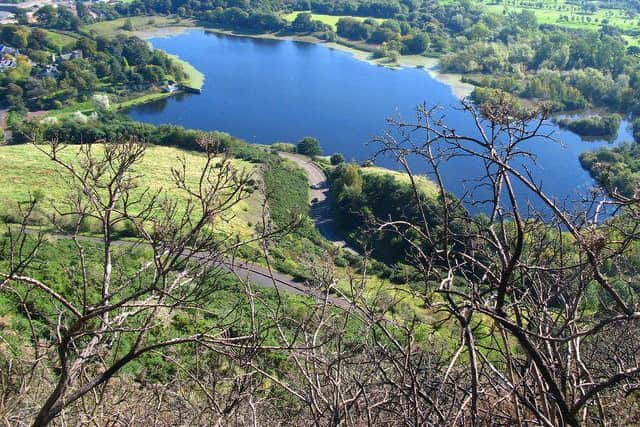

Duddingston Loch
Although it’s not actually ‘lost’, the current loch at Duddingston is miniscule in comparison to the vast sheet of water which once occupied this region of south east Edinburgh.
In prehistoric times, Duddingston Loch is thought to have been at least ten times larger than it is today, stretching as far south as Cameron Toll and the eastern foot of Blackford Hill.
Advertisement
Hide AdAdvertisement
Hide AdIt is worth noting that the Inch, the district located south of the Duddingston Loch today, is an anglicisation of the Celtic word “innis”, meaning island.
Other areas of Edinburgh which once featured lochs include Corstorphine, Gogar, Holyrood, Blackford, and Morningside.
For those keen to learn more about Edinburgh’s lost lochs, check out ‘The Nor’ Loch: Scotland’s Lost Loch’ by Malcolm Fife.
DOWNLOAD THE EDINBURGH EVENING NEWS APP ON ITUNES OR GOOGLE PLAY
